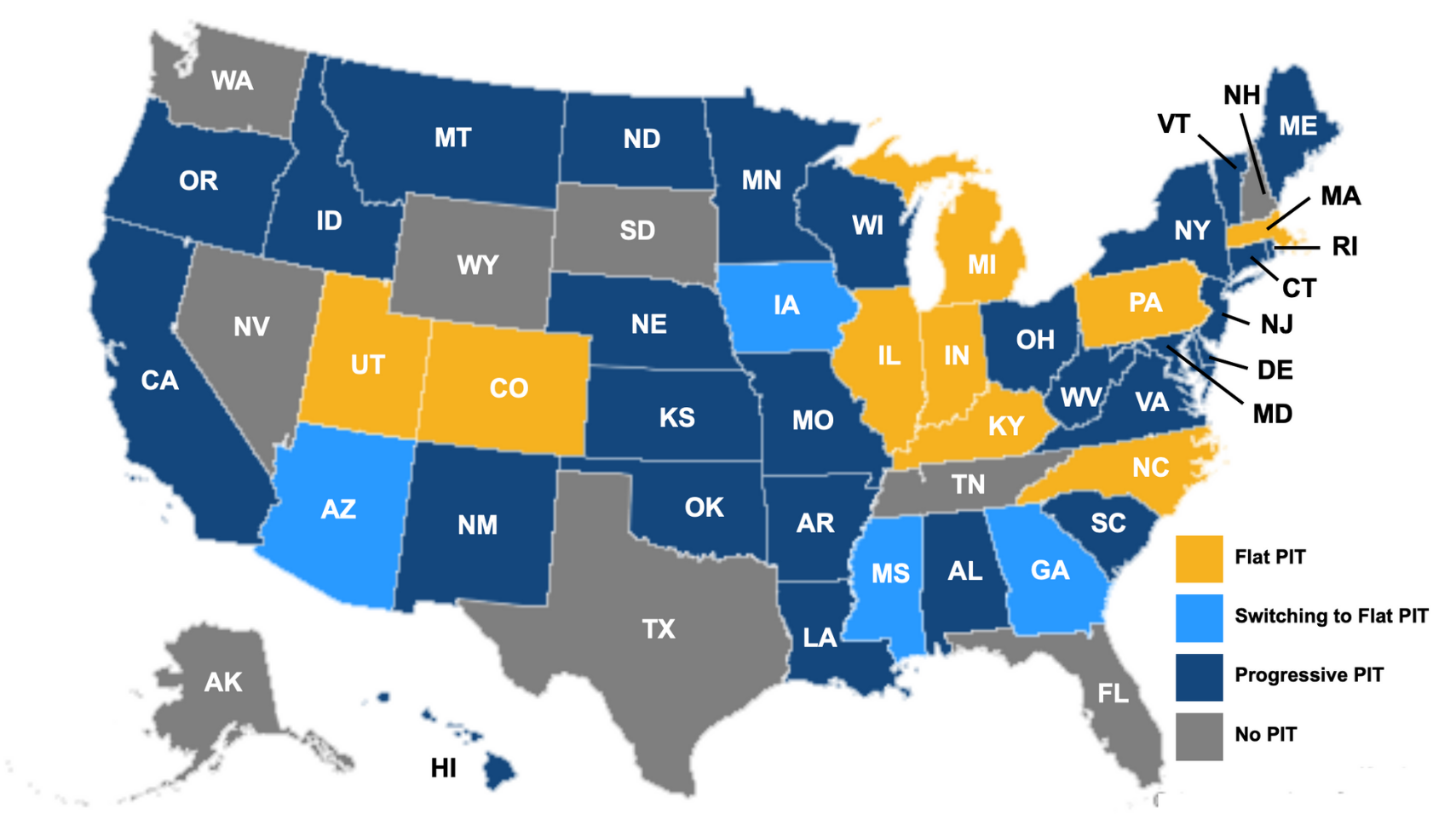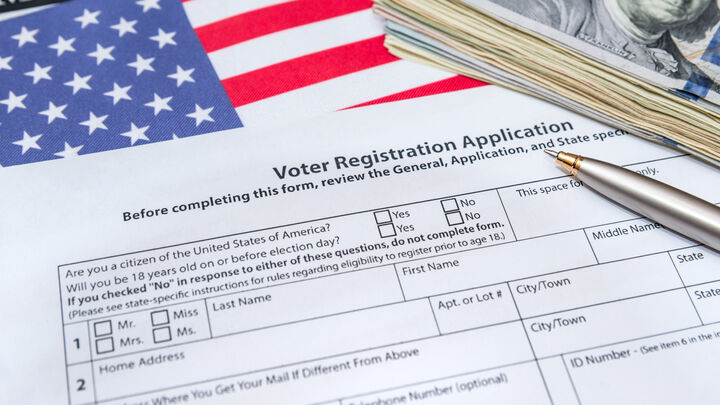The Problem: Over the years, Wisconsin has created three school choice programs that allow low-income and middle-class students to attend private schools using public funds. The original Milwaukee Parental Choice Program, the nation’s first modern school choice program, was created in 1990. The Racine Parental Choice Program was created in 2011. The Wisconsin Parental Choice Program, which covers the rest of the state, was created in 2013. Because the programs were created at different times, each of them has different eligibility requirements for students and participating schools.
For example, the programs have different guidelines for income eligibility. The Milwaukee and Racine programs admit students in households with an income below 300 percent of the federal poverty guideline plus $7000 for households with married parents. ($79,499.88 for a family of four with a single parent or $86,499.88 for a family of four in a married parent household.) In contrast, the Wisconsin program has an income limit of 220 percent of the federal poverty level. ($58,299.91 for a family of four with a single parent and $65,299.91 for a family of four with married parents.) As you can see, these income requirements are drastically different for children living across the street from each other in Milwaukee and West Allis or next door to each other in the Racine and Burlington school districts.
Here is another example: Students attending a private school in Milwaukee may join the Milwaukee program in any grade but students attending a private school in the Racine and Wisconsin programs may only join these programs by applying in grades K4, K5, First Grade, or Ninth Grade.
And here is one final example: Private schools wishing to participate in more than one of these programs must apply for each of them separately and follow the different rules that exist for each of the programs. So, a private school in Franklin that wanted to serve students from Milwaukee, Franklin and Racine would have to comply with three different sets of rules.
The Response: The Milwaukee, Racine and Wisconsin Parental Choice Programs should be combined into one single statewide program. The new program should adopt the most parent-friendly and school-friendly rules from each of the three existing programs. The income eligibility requirements should be the same for all Wisconsin families. At a minimum, the income eligibility requirement should at least be as generous as the Milwaukee program. Better still, we believe that the program should ensure that all families have the financial means to attend the school that best meets their child’s needs. After all, we do not have income limits for students who attend their neighborhood public school, a charter school, a magnet school, or a public school in another school district.
Resources:
2021 School Choice Guidebook, American Federation for Children https://www.federationforchildren.org/wp-content/uploads/2021/10/Guidebook-2021-for-Download.pdf
Wisconsin Federation for Children
https://www.wifederationforchildren.org/
School Choice Wisconsin
https://schoolchoicewi.org/wisconsin-school-choice-programs/













